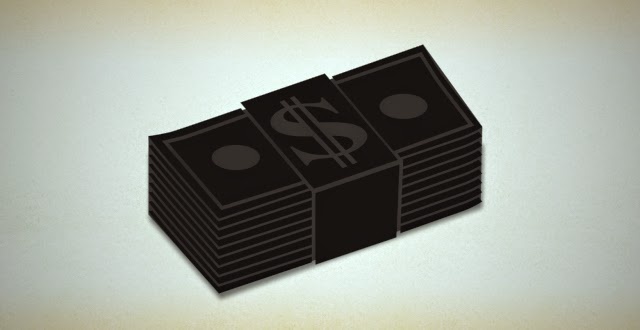We need a sharper focus on money in politics

It’s not the kind of thing I ever tried to do, but a term I was the first to use, back in a 2010 blog post for Sunlight — “dark money” — ended up in the dictionary. Here is its first recorded usage (I’d been using the term for some time before I first put it in a blog post), but two days later Ryan Sibley quickly did a far more substantive look at dark money flowing into super PACs, followed up by our former colleague Anu Narayanswamy.
Those were heady days in 2010: tracking a flood of money from organizations that didn’t disclose their donors. In the wake of the Citizens United decision, Aaron Bycoffe, another former Sunlighter, built the first real-time tool for tracking outside groups (we called it Follow the Unlimited Money), and our little election team — which then consisted of Aaron, Anu, Ryan, Paul Blumenthal and Lindsay Young — churned out a steady stream of data and posts doing exactly that.
It is gratifying to think that the way we framed undisclosed money in politics has resonated with the press, the public and even the advocates of anonymous political spending. Jon Cassidy’s American Spectator piece denouncing “dark money” nevertheless praised it: “The term is a work of semiotic genius, tapping into fears so powerful they manage to convince Americans that free speech isn’t such a good idea after all.”
Once I’d looked up the definition of semiotic, I was quite pleased at the high praise of such damnation. For the record, though, the term has little to do with free speech, and everything to do with accountability. In 2010, reporters could tell the public that the Tea Party-sounding group Patriot Majority PAC intervening in the Nevada Republican Senate primary was actually run by allies of the incumbent Democrat, Sen. Harry Reid, and fueled by labor money: Voter beware. A dark money group could do the same thing — and no one would be the wiser.
And that’s why the term dark money has a certain emotional resonance: We don’t know who’s out there, we don’t know who’s behind many of the slogans we’re hearing, images we’re seeing, messages attempting to influence us. It’s one thing if viewers know that deep-pocketed GOP donors or health insurers or labor unions are paying for an attack ad; it’s quite another thing if the only information they have on a group is the attack ad itself.
That’s part of the reason why Americans generally distrust big money in politics. They don’t understand the motives behind it or the outcomes it produces, but they have a pretty good idea that if they’re anteing up to PACs, politicians and parties, there’s no way they can win. My colleague Sarah Harkin and I tried to demystify some of this in Fixed Fortunes by looking at what are, for the most part, the most routine of big donors — the giant corporations whose political action committees and executives give money to hundreds of incumbents, regardless of party or ideology, month after month, year after year.
We found that the 200 most politically active corporations disclosed spending $5.8 billion influencing federal politics between 2007 and 2012, and during that same period received federal business (mostly contracts) and support (loans, insurance, guarantees, bailout money) of $4.4 trillion. Those are both giant numbers, but the magnitude of the second becomes a bit clearer when one considers that, compared to 200 companies, some 50 million or so beneficiaries of Social Security received $4.3 trillion in benefit payments over the same period.
I think that’s getting closer to understanding the relationship between political giving and political getting, but it’s not something that reporters who cover politics generally pay a lot of attention to, nor is it something expressed with the same sort of evocative phrase as dark money. For those covering government and politics and especially election 2016, reimagining the way in which we tell money in politics stories, whether through articles, visuals or some webby combination of the two, is one of the biggest challenges we face.

